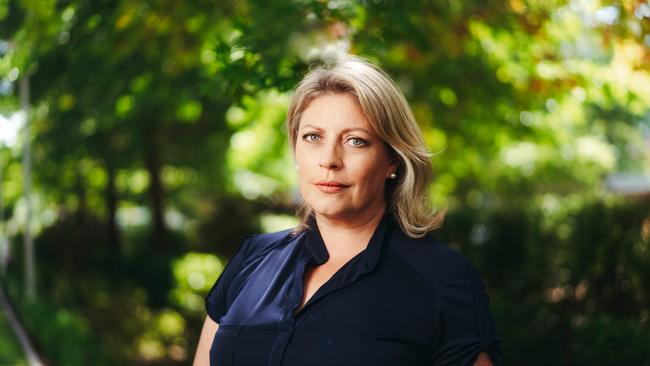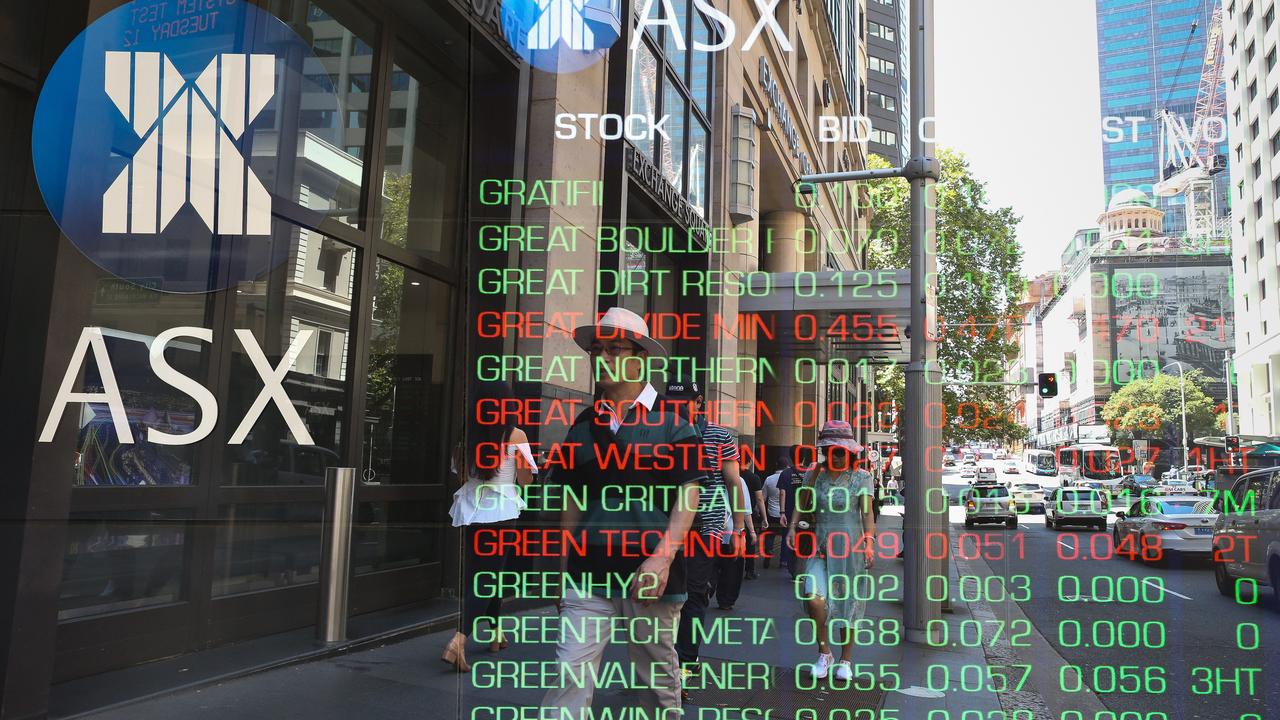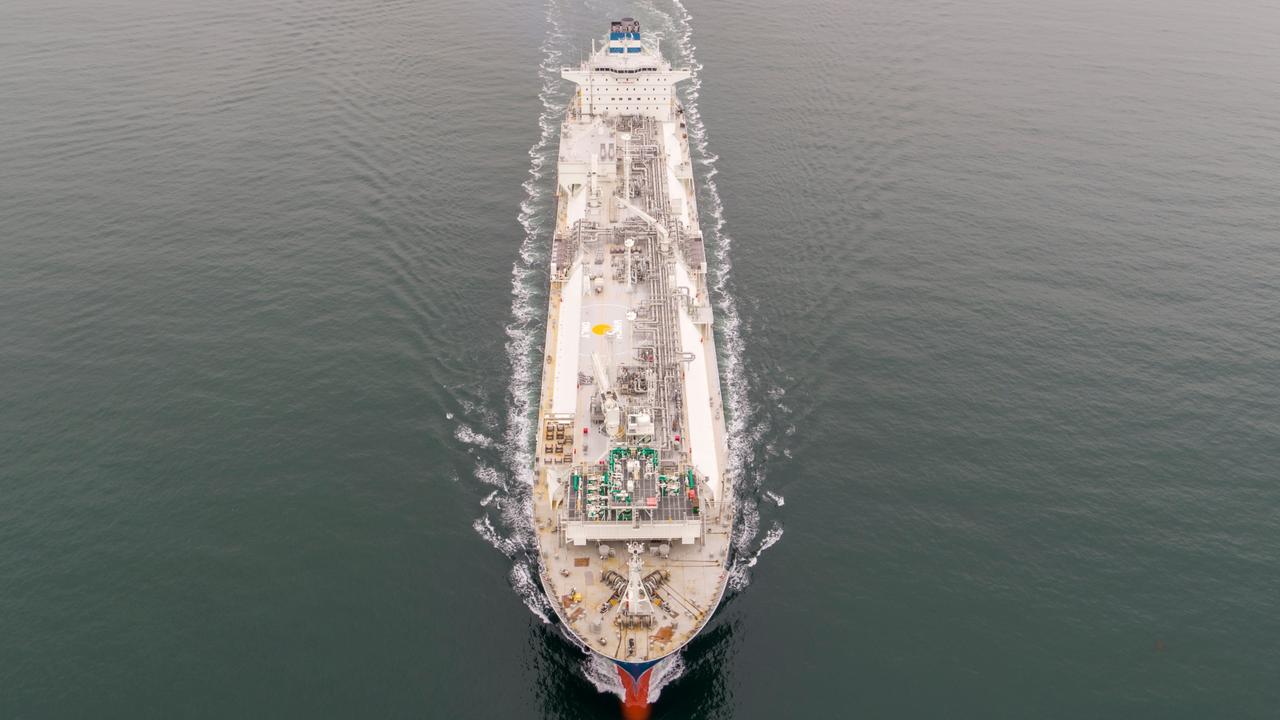
This week she argued in a Fin Review commentary that the Reserve Bank would have to go much harder to rein in inflation. Its rate rises so far – the media’s (and others) hysterical nine rate rises in a row – were “only just touching the sides,” she added.
Why so? Because while the cash rate (the RBA’s official rate) is 3.35 per cent, the “real, inflation-adjusted cash rate is negative, by our estimates about minus 3.2 per cent, because inflation is way higher than the RBA’s policy rate,” she wrote.
Precisely. But which does not mean, I hasten to add – neither I, nor I presume Cherelle, would argue far less demand – that the cash rate has to be doubled, to start really working against inflation.
Now, I’ll come back to where this leads in the real world.
But first, the real, really stunning point. This is the first time, certainly since the RBA started hiking last May and indeed right back to when it cut its rate to zero, that I have heard or read any economist in Australia talking about real rates.
That precisely includes both Treasury and the Reserve Bank itself. You can search in vain for the words “real interest rate” in the latest 77-page Statement of Monetary Policy from the RBA, the document which sparked the latest frenzy of hysteria over the RBA’s supposedly punishing rate rises.

Indeed, I’m happy – even desperate - to be corrected, but I haven’t seen any reference to real interest rates in anything the RBA has published over the last year.
Similarly, they are three words that haven’t passed RBA’s governor Philip Lowe’s lips over these entire turbulent 10 months. Perhaps some backbencher can prise them out this week.
Critically, there been zero discussion from the RBA about their meaning and significance for future rate rises.
Now, the issue is far more complicated than simply noting that the last inflation number was 7.8 per cent, the RBA’s rate is 3.35 per cent, so the RBA’s real interest rate is 4.35 per cent.
A clue to that is Murphy’s observation that her EY Oceania estimate is a 3.2 per cent real rate. Further, we clearly do not need an immediate positive real policy rate to bring serious downward pressure on inflation, compared with what we needed and saw happen in the 1990s and even more in the 1970s.
This is because we are all far more borrowed now than then.
We all have huge rate-sensitive debts - governments, businesses, banks, and of course most critically households with huge mortgages on their owner-occupied homes plus massive investments in second and third properties.
Necessary downward pressure on inflation, I would add, by, yes, slowing the economy.
But the idea that the current rates are punitive other than to first home borrowers is a fantasy.
Last May when the RBA’s rate was 0.1 per cent inflation was 5.1 per cent. The real rate was negative 5 per cent.
Now it’s negative somewhere between 3.2 and 4.35 per cent. The real tightening has been modest.
The RBA’s real rate is significantly negative – in comparison not just with current 7.8 per cent inflation, but even the RBA’s (probably too-low) forecast of 4.8 per cent inflation for 2023.
Savers, depositing money at 3 per cent, are still subsidising borrowers borrowing at 5-6 per cent.
As Murphy argues: the real rate has to become positive. Either by inflation falling or rates going higher.
It happens this year, or there’s more pain in 2024.







Step up and take a bow Cherelle Murphy, the chief economist at EY Oceania, and seemingly the only economist across the entire spectrum of market economists, Treasury and the Reserve Bank, who has heard of real interest rates and understands the importance of their real world reality.